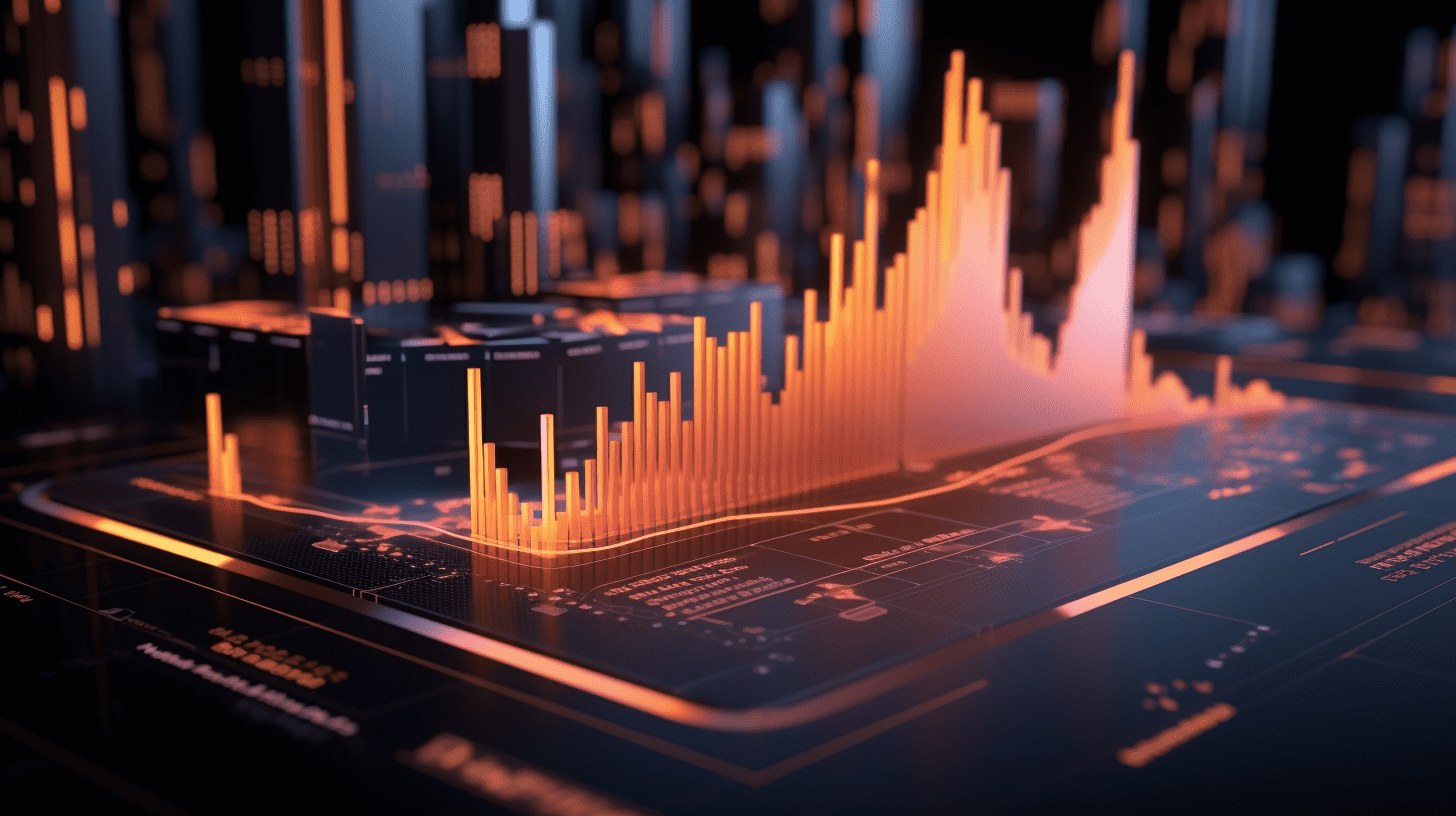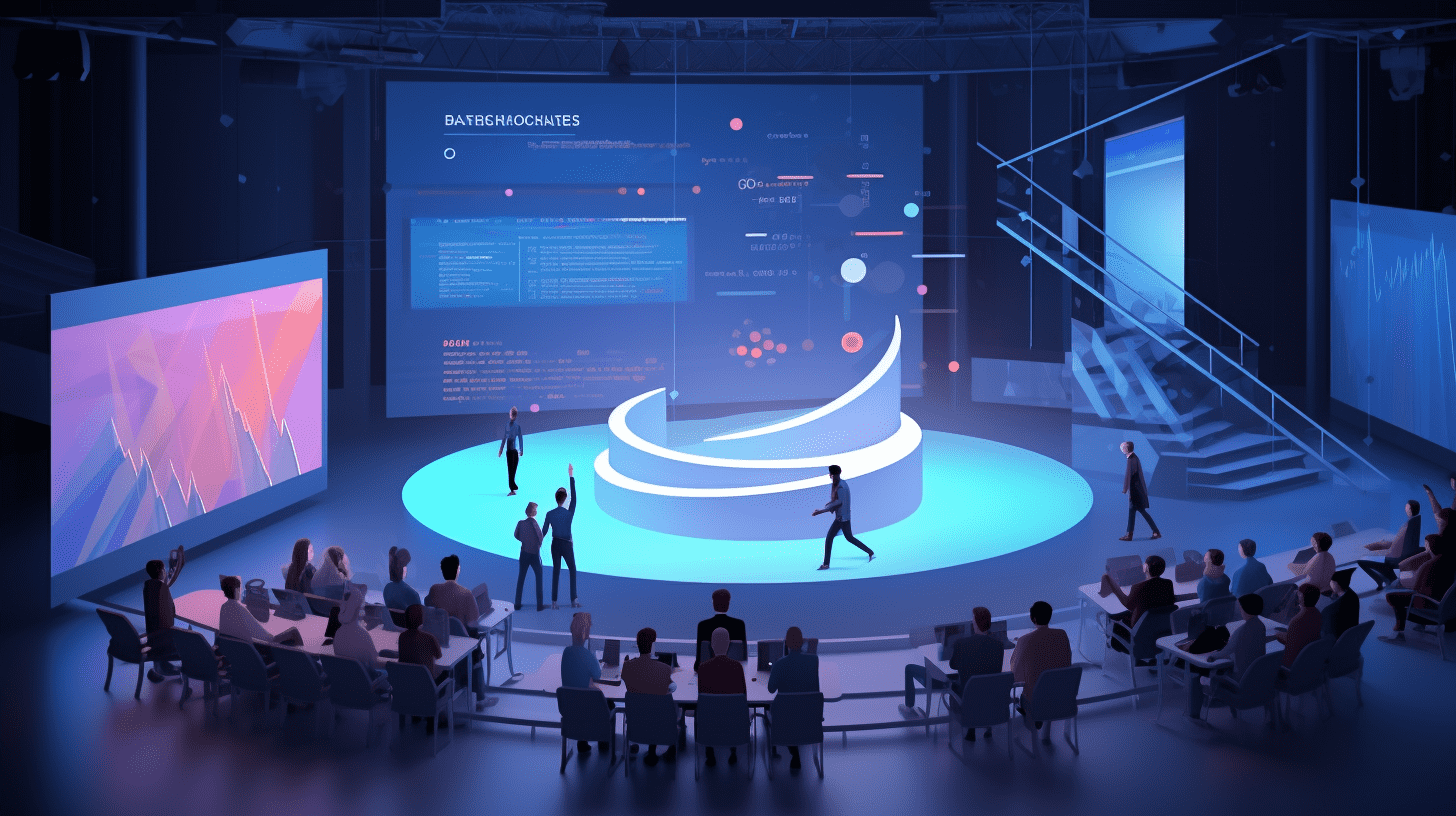Details of the US-Japan tariff agreement revealed: Japan to invest $55 billion, Trump decides to allocate "long-term 90% profits" back to the US.
The analysis indicates that Japan has pledged $550 billion in strategic investments to the United States, but the decision-making power is almost entirely controlled by the US side - Trump has the "final decision-making power" over the projects. The profit distribution mechanism is also unequal: profits are first split evenly until Japan recovers its initial investment, after which 90% of the long-term profits go to the United States and 10% go to Japan.
With the official implementation of the new US-Japan trade agreement, the details of its core provision - up to $550 billion in strategic investment in the US - have also come to light.
According to CCTV News, on September 4th local time, US President Trump signed an executive order, officially implementing the US-Japan trade agreement. According to the White House statement, the agreement covers tariff adjustments, market access, and other areas. But what the market is most concerned about is undoubtedly Japan's commitment to invest $550 billion in the US as part of the agreement.
After the agreement was signed, the two governments issued a joint statement and a Memorandum of Understanding (MOU), detailing the governance structure, decision-making process, and profit distribution mechanism for the investment.
The core content of the Memorandum shows that decision-making power for this investment will be highly concentrated on the US side. According to an analysis report by the Hudson Institute, the US President will have the final decision-making authority over investment projects, and if Japan refuses to contribute to selected projects, they will face the risk of new tariffs imposed by the US. Although the agreement also stipulates that Japanese companies have priority in the project supply chain.
According to the latest compilation by the research institute, key provisions of this Memorandum include:
Japan should allocate $550 billion before Donald Trump's term ends on January 19, 2029.
Investments should focus on key strategic areas - semiconductors, pharmaceuticals, critical minerals, shipbuilding, energy (including pipelines), artificial intelligence, and quantum computing.
The US President will establish an investment committee responsible for recommending and overseeing investments. The US Secretary of Commerce will serve as the committee's chairman and select other members.
Representatives from the US and Japan will form a consulting committee to provide project recommendations to the investment committee. This committee will also provide legal and strategic support for investment decisions.
The "US Investment Accelerator Office" will be responsible for project execution, management, and operation. This agency will be under the Department of Commerce, and its executive director will be appointed by the Secretary of Commerce.
The US will establish a special purpose vehicle (SPV) for each investment project, managed by the US or its designated entity.
After the President's approval, the US will present specific projects and investment amounts for Japanese review. Japan must respond within approximately two months and transfer the required US dollars to the US Investment Accelerator Office.
Japan has the right to refuse to provide all or part of the funding for a project. But the US can take retaliatory measures by imposing tariffs on Japanese imports.
The US and Japan will evenly split the profits from the project until Japan recovers its investment, after which profits will be distributed in a ratio of 90% to the US and 10% to Japan.
In possible cases, Japanese companies will have priority as suppliers and vendors in the project over similar foreign companies.
The US and Japan will abide by their respective domestic agreements and laws.
Trump's "full discretion": US-leading investment decisions
According to the terms of the MOU, the governance structure for this $550 billion investment is almost entirely controlled by the US.
The MOU stipulates the establishment of an investment committee responsible for recommending and overseeing investment projects. The committee will be chaired by the US Secretary of Commerce and select other members. It is worth noting that, according to Japanese media reports, this committee will have no Japanese members. Ultimately, investment projects will be personally selected by the US President.
Japan's role is limited to a "consulting committee" in the MOU. This committee, composed of representatives from the US and Japan, is tasked with providing advice, legal, and strategic opinions to the investment committee. However, analysis points out that in practice, it will be difficult for the Japanese side to change projects ultimately chosen by Trump. US Secretary of Commerce Lute Nick openly stated in a media interview that President Trump has "full discretionary authority" over the direction of Japanese investments.
Media also noted that the role of this "consulting committee" is limited to providing "legal and strategic opinions" and has no actual decision-making power. This means that from project selection to final approval, the entire process will be guided by the US.
"Repayment first, profit sharing later": The mystery of the 90/10 profit distribution
The most notable provision in the Memorandum is its unique profit distribution mechanism, directly addressing concerns about the "90% of profits going to the US".
According to the terms, each investment project will establish a special purpose vehicle (SPV) managed by the US or its designated individual. The profits generated by the project will be first distributed in a 50/50 ratio between the US and Japan until the Japanese side recovers its initial investment in the project.
Once Japan has fully recovered its principal, the profit distribution ratio will fundamentally change: the US will receive 90% of all subsequent profits, with Japan receiving only 10%.
Capital recovery period: Profits generated by the project will be evenly divided between the US and Japan in a 50/50 ratio until Japan recovers its full initial investment.
Long-term profit period: After Japan recovers its principal, the profit distribution ratio will shift to 90% for the US and 10% for Japan, continuing until the project concludes.
Analysis points out that this structure makes Japan's investment more similar to a "debt" rather than traditional "equity" investment. The US first needs to "repay" Japan's principal, but after the "repayment" ends, Japan can still receive 10% in long-term returns as a "creditor," which may still be a significant return for ultra-long-term projects.
This model means that Japan's investment is not a traditional equity investment but more like a debt arrangement with long-term returns attached. For infrastructure or energy projects with long cycles and stable returns, this 10% long-term profit split could still be substantial. Additionally, the MOU states that even if an investment fails, Japan's debt repayment obligations will be completed before paying any equity shareholders, following US legal conventions.
$550 billion "baton": Investment obligations under tariff threats
To ensure that the $550 billion investment commitment is fulfilled, the agreement includes stringent constraints.
The Memorandum stipulates that when the US presents an investment project, Japan has approximately two months to respond and allocate the necessary funds. Although the terms give Japan the "right to refuse to provide funds for all or part of the project," immediately following is a severe consequence: the US can "impose tariffs on Japanese imports in response."
This provision is seen as a sword of Damocles hanging over Japan's head, greatly undermining Japan's ability to refuse. Kazuma Maeda, an economist at First Life Economic Research Institute, believes that this mechanism of "delegating decision-making to President Trump, who can impose additional tariffs without congressional approval, should be seen as a risk."
However, the agreement also provides Japan with some incentives. The Memorandum promises that, where possible, Japanese companies will receive priority treatment in the selection of suppliers and contractors for projects over other foreign companies.
Strategic layout: AI, semiconductors, energy become focus
This $550 billion will be invested precisely in the key strategic industries identified by Washington.
The investment targets seven major sectors: semiconductors, pharmaceuticals, critical minerals, shipbuilding, energy (including pipelines), artificial intelligence (AI), and quantum computing. Analysts believe that this is aimed at encouraging traditionally conservative Japanese companies to take on higher-risk but strategically significant investments.
The report cited the $44 billion Alaska liquefied natural gas (LNG) project as an example, pointing out that Japanese companies have long been hesitant due to concerns about its profitability. However, loan guarantees from the strategic investment fund will help dispel these concerns.
This article is reproduced from "Wall Street News", GMTEight editor: Jiang Yuanhua.
Related Articles

Ministry of Transport: In August, China's urban rail transit completed a passenger volume of 2.88 billion.

The Federal Reserve is preparing for a new round of interest rate cuts! Mizuho bets on "dovishness to the end": interest rates are expected to fall to 3% by March 2026.

Morgan Stanley: The story of the decline in US inflation is coming to an end, and the market needs to adjust to "higher and longer" interest rates.
Ministry of Transport: In August, China's urban rail transit completed a passenger volume of 2.88 billion.

The Federal Reserve is preparing for a new round of interest rate cuts! Mizuho bets on "dovishness to the end": interest rates are expected to fall to 3% by March 2026.

Morgan Stanley: The story of the decline in US inflation is coming to an end, and the market needs to adjust to "higher and longer" interest rates.

RECOMMEND

Ishiba Shigeru’s Resignation Sparks Yen and Bond Sell-Off; Bank of Japan May Reconsider Rate Path
08/09/2025

Trump Revises Global Tariff Framework, Exempts Gold, Tungsten, Uranium and Other Critical Commodities
08/09/2025

After Nonfarm Payrolls, CPI Awaits: Will the Macro Data Maelstrom Continue to Rattle Wall Street?
08/09/2025


